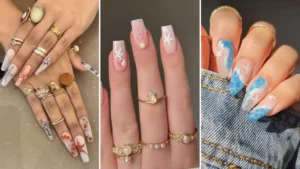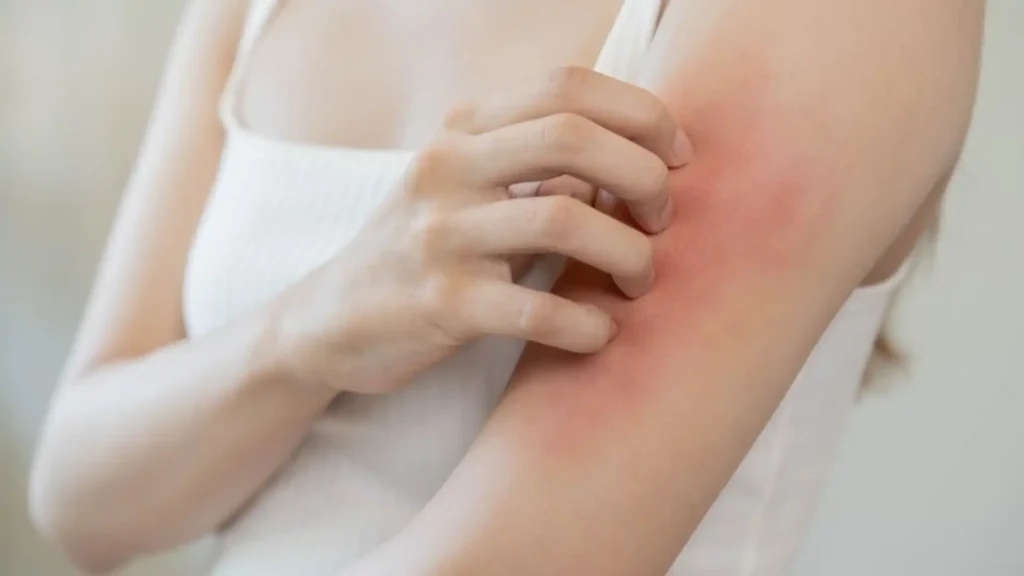Heat rash, also known as prickly heat or miliaria, is a common skin condition that occurs when sweat gets trapped in the sweat ducts, leading to inflammation and irritation. While it often affects infants, heat rash can also occur in adults, especially during hot and humid weather. In this comprehensive guide, we’ll delve into the causes, symptoms, treatment, and prevention strategies for heat rash in adults.
What Causes Heat Rash in Adults?
Heat rash develops when sweat ducts become blocked, preventing sweat from evaporating properly and leading to inflammation. Several factors can contribute to the development of heat rash in adults:
1. Hot and Humid Weather
High temperatures coupled with humidity can increase sweating and exacerbate the risk of heat rash.
2. Overdressing
Wearing tight or synthetic clothing can trap sweat against the skin, increasing the likelihood of heat rash.
3. Physical Activity
Engaging in vigorous physical activity can lead to increased sweating, increasing the risk of heat rash, especially in areas where friction occurs, such as the groin or underarms.
4. Skin Occlusion
Prolonged contact with occlusive fabrics or materials, such as plastic wraps or bandages, can inhibit sweat evaporation and contribute to heat rash.
Symptoms of Heat Rash in Adults
Heat rash typically presents as small, red bumps or blisters on the affected areas of the skin. Common symptoms include:
- Itching or prickling sensation
- Redness and inflammation
- Patches of tiny, raised bumps
- Discomfort or tenderness
Treatment Options for Heat Rash
While heat rash usually resolves on its own within a few days, certain measures can help alleviate symptoms and promote healing:
1. Keep the Skin Cool and Dry
Avoiding overheating and staying in air-conditioned or well-ventilated environments can help reduce sweating and alleviate symptoms.
2. Wear Loose-Fitting Clothing
Opt for lightweight, breathable fabrics like cotton to allow for better air circulation and minimize skin irritation.
3. Use Calamine Lotion or Oatmeal Baths
Topical treatments such as calamine lotion or oatmeal baths can soothe itching and provide relief from discomfort.
4. Avoid Harsh Skincare Products
Steer clear of harsh soaps, perfumes, or skincare products that may exacerbate irritation and inflammation.
5. Seek Medical Attention if Necessary
If symptoms persist or worsen, consult a healthcare professional for further evaluation and treatment recommendations.
Preventing Heat Rash in Adults
Taking preventive measures can help reduce the risk of heat rash during hot and humid conditions:
1. Stay Hydrated
Drink plenty of fluids to maintain hydration and promote sweating, which can help regulate body temperature.
2. Avoid Overexertion
Limit strenuous physical activity during peak heat hours and take regular breaks to cool down and rest.
3. Dress Appropriately
Wear loose-fitting, breathable clothing to allow for better air circulation and minimize sweating.
4. Use Fans or Air Conditioning
Stay in well-ventilated or air-conditioned spaces to prevent overheating and reduce the risk of heat rash.
5. Take Cool Showers or Baths
Cool showers or baths can help lower body temperature and provide relief from heat-related discomfort.
Conclusion
Heat rash in adults is a common skin condition that can cause discomfort and irritation, especially during hot and humid weather. By understanding the causes, symptoms, treatment options, and preventive measures outlined in this guide, individuals can effectively manage heat rash and minimize its impact on their daily lives.
Discover more skincare trends:
- The Ultimate Guide to Niacinamide Skincare Products for Radiant Skin
- Mastering Your Morning Skincare Routine for Radiant Skin
- Skin Care Goals for 2024: 7 Essential Guidelines to Follow This Year
- Follow us on Facebook







